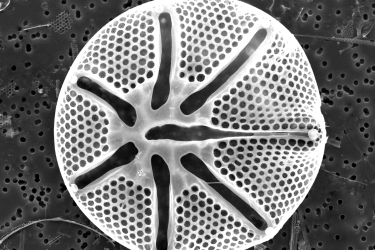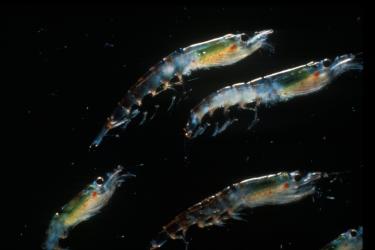On the evening of July 6th, I embarked on my first night trip aboard the R/V Elakha along the Newport Hydrographic Line. We headed out into thick fog that obscured much of the Yaquina Bay Bridge. The scene was straight out of a spooky vampire movie, but that didn’t stop the crew from being in good spirits.
It wasn’t long before we arrived at station NH-1, one nautical mile offshore, where I was quickly thrown into a sampling routine. I helped tow a plankton net, dropped a Secchi disk to measure water clarity, filtered water, and even watched the bongo and vertical nets in action (used to collect zooplankton and other creatures). We were also collecting data with a Conductivity, Temperature, and Depth profiler (CTD); we dropped the CTD to within 5 meters of the ocean floor to measure the physical properties of the water column. Regular sampling of the stations along the NH Line contribute to our understanding of changing oceanic conditions and the planktonic communities.
We reached NH15 an hour before sundown, and that’s where the fun happened. At every moment, we were greeted with different creatures big and small. We saw (and held) sand dollars, fin whales, a shark, krill and some jellies!
At each station, we also filtered water for chlorophyll, which I have been analyzing in the lab for the past few weeks. Chlorophyll was sampled by filtering 100-mL of surface water from each station with a hand pump. The filter, with the chlorophyll left behind, was then wrapped and stored in a plastic tube in the freezer until it was ready to be analyzed using a fluorometer. I was delighted to see the process of chlorophyll samples going from field collection to lab analysis. The goal of science for me has always been about making connections, from going out in the field, to lab work, to communication. In many ways, field work is much like lab work because both involve patience and routine. It was fulfilling to see that connection between the two on the Elakha.
My past research experiences had strictly been limited to lab work, so getting out on the Elakha pushed me to try something new. Not only was it my first time being on a boat at night, but it was also my first time getting seasick.
Another NH Line night cruise in the books!



